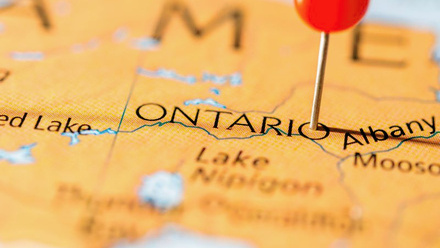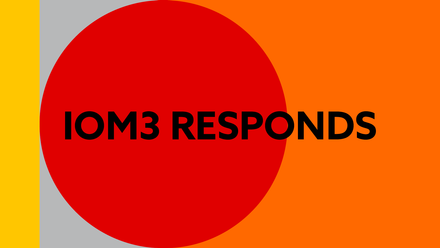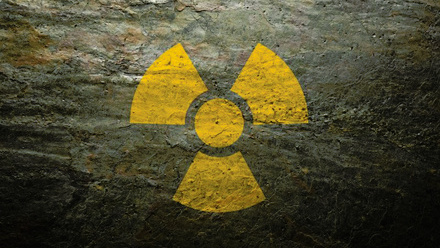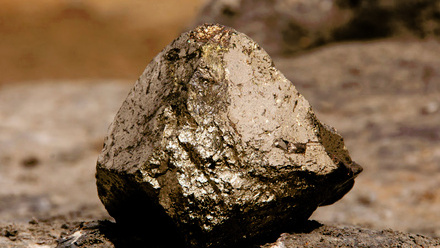Citric acid cleans up coal waste
A harmless, food-grade solvent, citric acid, could help extract rare earth metals from coal ash, claim researchers at the Sandia National Laboratories, USA.
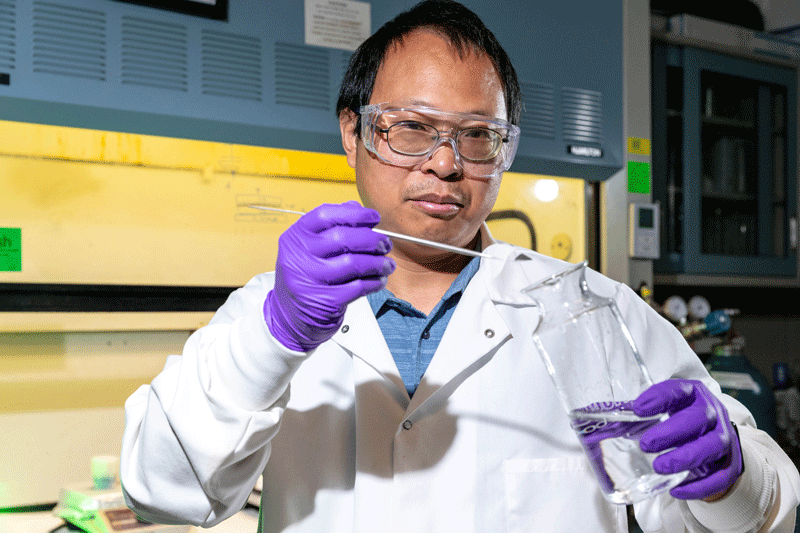
The scientists add coal ash into a citric acid mixture that is fed into a reactor operating at about 70 times atmospheric pressure. Here, supercritical carbon dioxide aids the acid in extracting the metals.
‘Current metal extraction techniques typically involve strong acids (hydrogen chloride, nitric acid, etc),’ says Researcher Guangping Xu. ‘When applied to coal ash, these acids generate hazardous residual liquid waste, which is more expensive to process than solid coal ash waste. The cost and the associated hazards can be reduced by starting the process with environmental benign chemicals.
‘As an alternative to strong acids, food-grade citric acid is known to strongly interact with metals such as calcium. We recognised the potential of this chemical to solubilise numerous other metals particularly the rare earths.’
The process uses citric acid as a carrier for rare earth metals. The extraction process is facilitated by supercritical CO₂ solvent.
‘Supercritical CO₂ is known to be an excellent solvent. In the supercritical state, it is liquid-like but also has the properties of CO₂ gas including very low viscosity. The low viscosity fluid significantly enhances the accessibility of the citric acid to the metals in the coal ash. In addition, CO₂ will dissolve into water and add acidity to the system,’ Xu explains.
The absence of any other chemicals, researchers say, ensures that the process is one that protects the environment from pollution. ‘Further, the CO₂ can be recovered and reused or captured for disposal,’ Xu adds.
The process has been validated in small-scale testing in the laboratory, with upscaling still ongoing. In testing, researchers have found that, in less than a day, at 70˚C and 773,377kg/m2 pressure, the method extracts 42% of rare earth metals present in coal waste samples.
The technique could be used to harvest these metals and remove toxic metals from coal or coal ash, such as coal cleanser. It also could open a new avenue for carbon dioxide reutilisation and sequestration, says Xu’s Sandia colleague Mark Rigali. With Xu, he is exploring the use of citric acid and supercritical carbon dioxide to mine metals from oil and gas shales.
‘Using existing oil and gas fracking wells, the citric acid and supercritical carbon dioxide can be used cost-effectively to mine metals while disposing of carbon dioxide below ground,’ Rigali shares.
Xu concludes, ‘Harmless extraction of rare earth metals from coal ash [will] not only provide a national source of materials essential for computer chips, smart phones and other high-tech products – including fighter jets and submarines – but [it will] also make the coal ash cleaner and less toxic, enabling its direct reuse as concrete filler or agricultural topsoil.’


